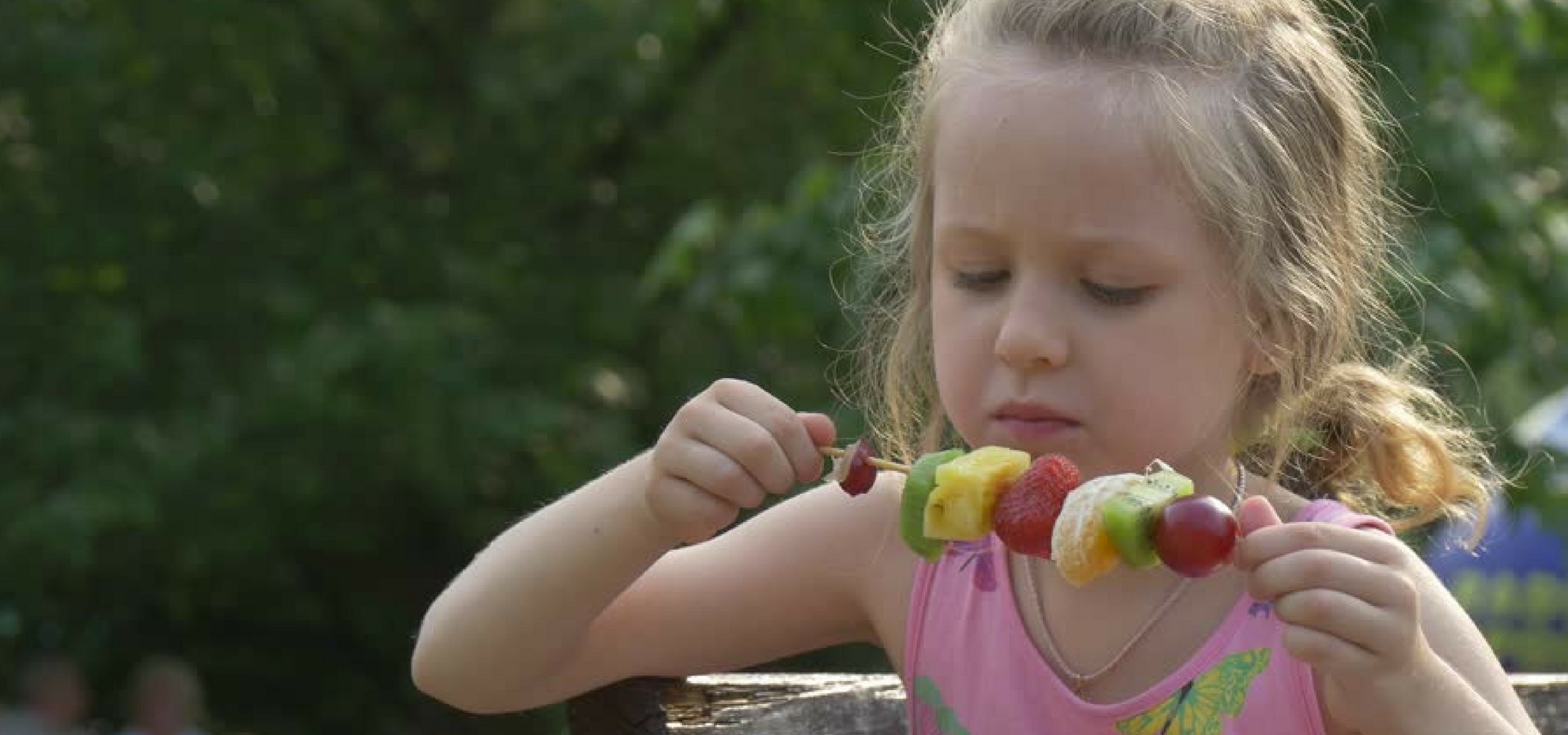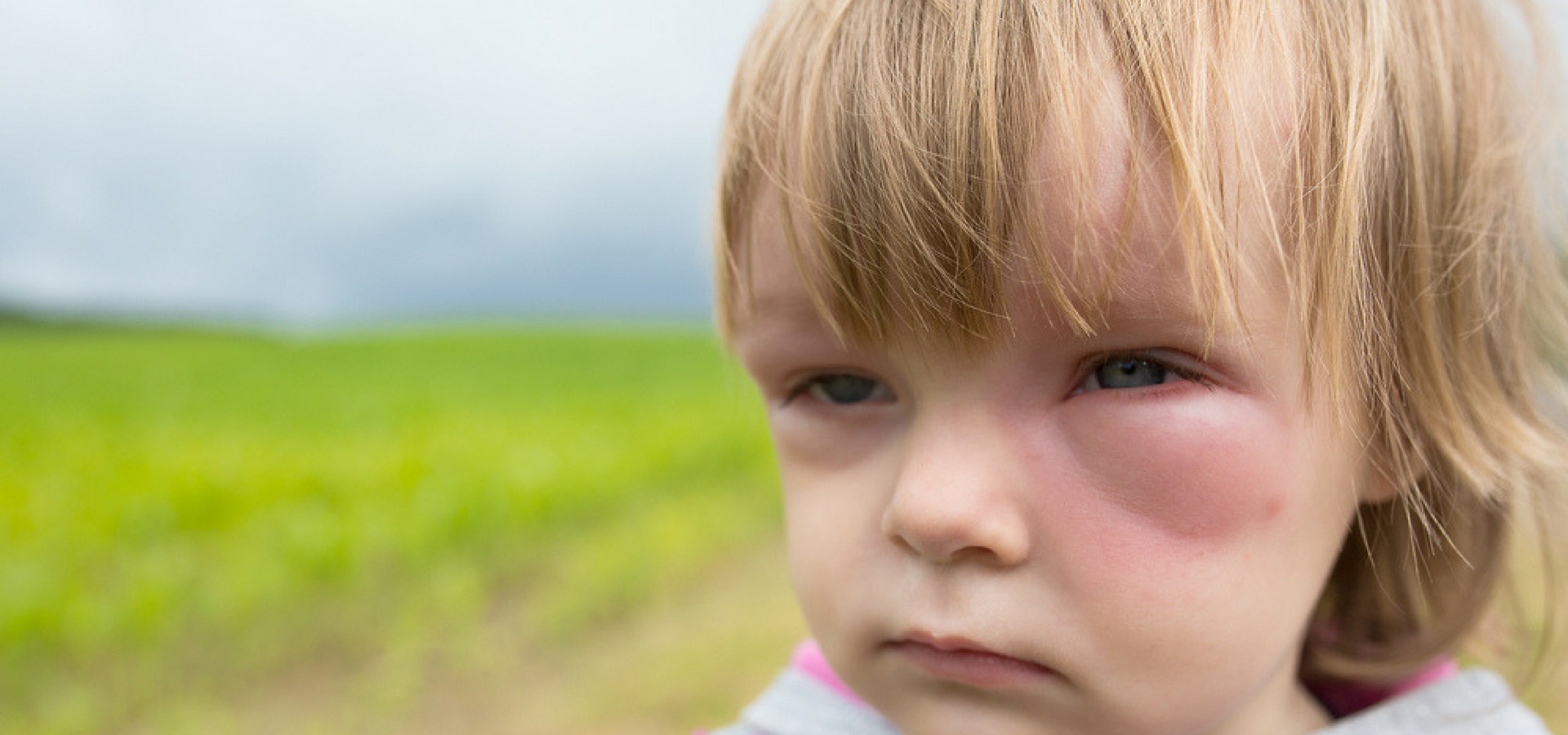Smoking in SA – the good and bad by numbers Smoking rates in South Africa have decreased from 33% to 21%, largely thanks to effective legislation and taxation. However, the decline in smoking has plateaued over the last decade, and South Africans still smoke too much – with nearly 8 million adults lighting up 27 billion cigarettes every year. Smoking prevalence remains the highest in the Western Cape, where 42% of men and 1 in 4 women still smoke#. “Smoking increases your risk for heart attacks and stroke, lung cancer, pneumonia and emphysema – and also doubles your risk of tuberculosis. 50% of smokers will die early – 14 years earlier on average – from a smoking related disease”, says Prof Richard van Zyl-Smit of the UCT Lung Institute. Smoking habits often start young and children of smokers are more likely to start smoking themselves. The latest South African Global Youth Tobacco Survey reports that 17% of grade 8 – 11 learners smoke cigarettes regularly. A more recent study found similar figures amongst Western Cape University Students, with the use of waterpipes, commonly known as a hubbly bubbly or hookah, rapidly increasing. “Perhaps the most worrying finding is that 66% of high school learners don’t feel confident enough to ask someone not to smoke around them. These highlights just how vulnerable even a 17-year-old is to second-hand smoking,” says Dorothy Du Plooy, CANSA’s General Manager, Southern Business Unit. Tragically, the damage inflicted by second-hand smoking starts about 18 years earlier. The devastating effects of second-hand smoking on unborn and young children “The consequences of second hand smoking around infants and even unborn children are well known. Tobacco affects foetal development, increasing the risk of stillbirths, miscarriages, premature birth, certain congenital malformations, poor foetal growth, and sudden infant death syndrome.” Says Prof Tony Westwood, Head of paediatrics at Somerset Hospital, Western Cape Department of Health. This negative impact of parental smoking was illustrated again specifically here in the Western Cape, in the Drakenstein study. Researchers confirmed that 250 mothers-to-be were smokers by blood test, and could compare them with non-smoking mothers. Infants of mothers who smoked, or who lived in smoking households, already had nicotine in their blood at birth. Infants of smoking mothers were more likely to be small at birth, to develop pneumonia, and have poor lung function and reduces lung volume in their first year of life**. “This study reminds us of some of the early adverse effects of second-hand smoking. Repetitive exposure over many years will result in more and more damage which can lead to intellectual impairment, poor linear growth, learning disorders, ear infections, poor lung function causing the child to be more likely to get severe pneumonia, asthma, and other developmental problems”, explains Prof Westwood. The CEO of HSFSA, Prof Pamela Naidoo, elaborates, “Parents and caregivers have to play an active role in discouraging the onset of smoking.” She continues, “ultimately a lifetime of smoking or second-hand smoking leads to cancer, lung disease, heart diseases and strokes. Childhood tobacco exposure could mean these diseases set in at a much earlier age than otherwise expected. As South Africa’s burden of lifestyle diseases continue to increase, stopping smoking has never been more important.” Tobacco breaks the budget Tobacco can also indirectly hamper development in children – by robbing a household of several hundred Rand a month. In doing so, tobacco perpetuates the cycle of poverty as the poorest people spend less of their income on essentials such as food, education and health care. “The financial benefits of quitting come from direct and indirect cost savings. A packet a day amounts to R12 000 per year, excluding interest. The cost savings from averting pneumonia, developmental delays, heart disease, emphysema, and early retirement are far greater,” added Dorothy Du Plooy from CANSA. Whilst the tobacco industry remains a hugely profitable sector, the economic benefits for the country don’t add up either. Tobacco hinders economic growth, strains the healthcare system, worsens health inequalities, exacerbates poverty, and impacts on productivity in the workplace. In addition, growing tobacco instead of other crops has negative consequences on our environment and for sustainable agriculture. Tobacco production requires large amounts of toxic pesticides and fertilizers, contribute to deforestation and climate change, and produces over 2 million tonnes of solid waste every year, reports the World Health Organization. Be the change – let’s protect our children together All adults have a responsibility to respect the health of those around them. This never seems more important than when the health of children is at risk. For World No-Tobacco-Day 2017 the Western Cape Tobacco Task Force makes four simple requests to the public, including non-smokers: 1. Smoke somewhere else Parents who choose to smoke, please do not smoke in the same room or near your children. Doing this does lasting and increasing damage on your son or daughter’s health. Rather smoke in another room, outside or have a no-smoking-in-the-house policy. Smoking in your car with a child younger than 12 years of age is also illegal. 2. Mothers and mothers-to-be should seek help to quit Women trying to fall pregnant, already pregnant, or breastfeeding should actively seek help to stop smoking during this important period. “The first 1000 days of a child’s life, from conception to the child’s second birthday, is the best opportunity to make a difference and we need to empower mothers and fathers during this time and beyond”, says Maureen McCrea, Deputy Director Health Promotion from the Western Cape Department of Health. 3. Smoking less is (also) more Many people have tried unsuccessfully to stop smoking or are still trying to do so. It is important to remember that smoking less is also success, and every cigarette less per day means less damage to you, and the children around you. 4. Know your rights and speak up Be aware of the smoking legislation. ‘It is illegal to sell tobacco to anyone below the age of 18; to smoke in a car with a child younger than 12 years of







































